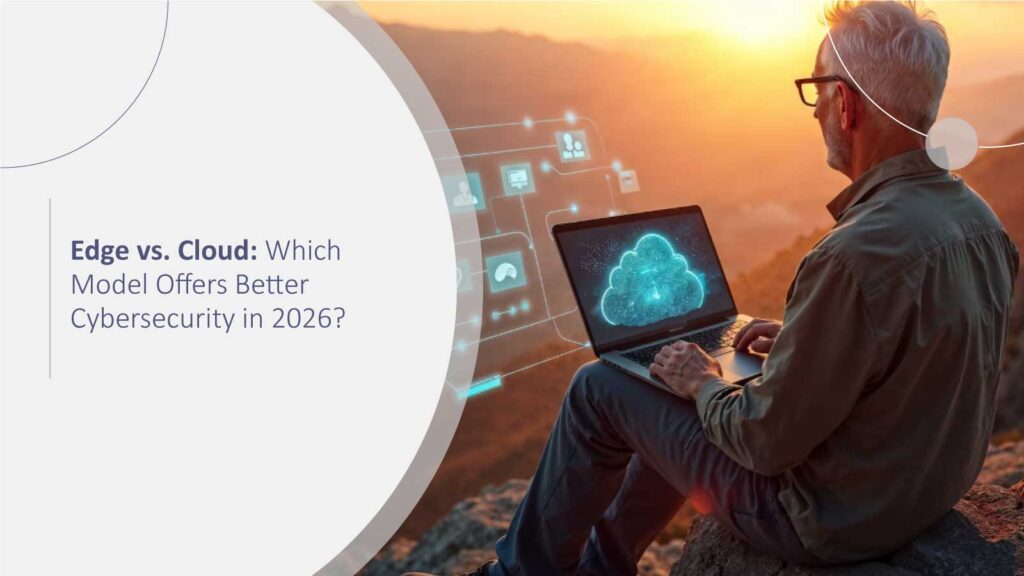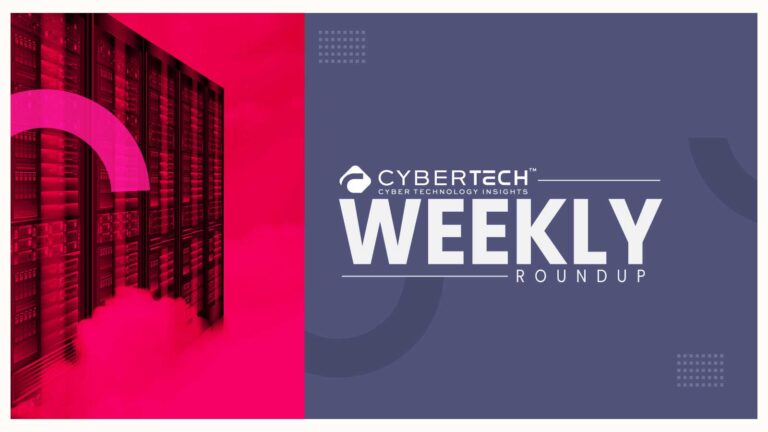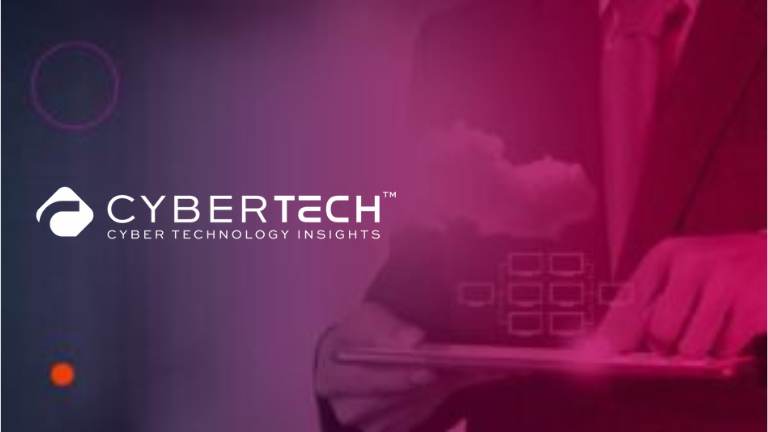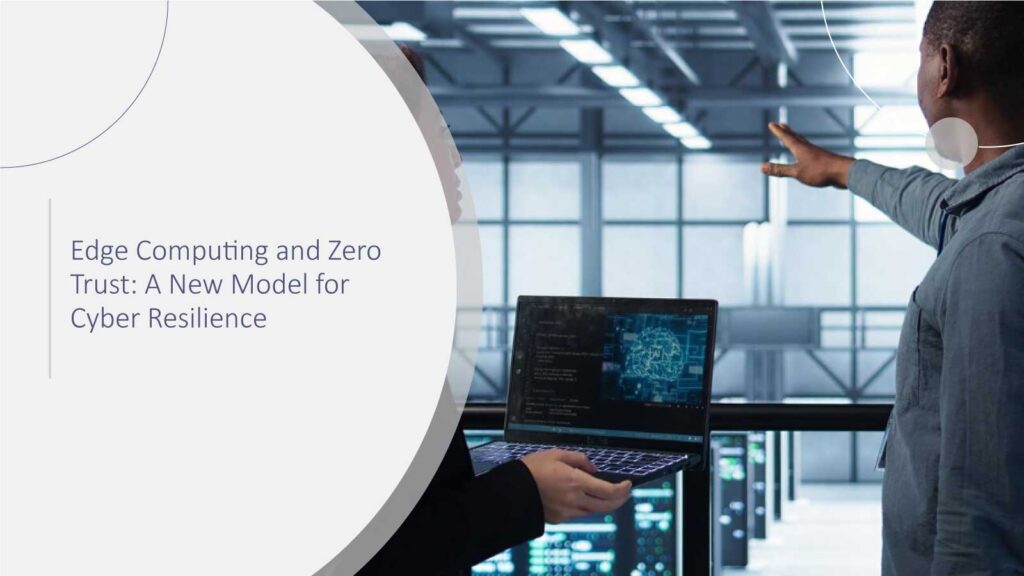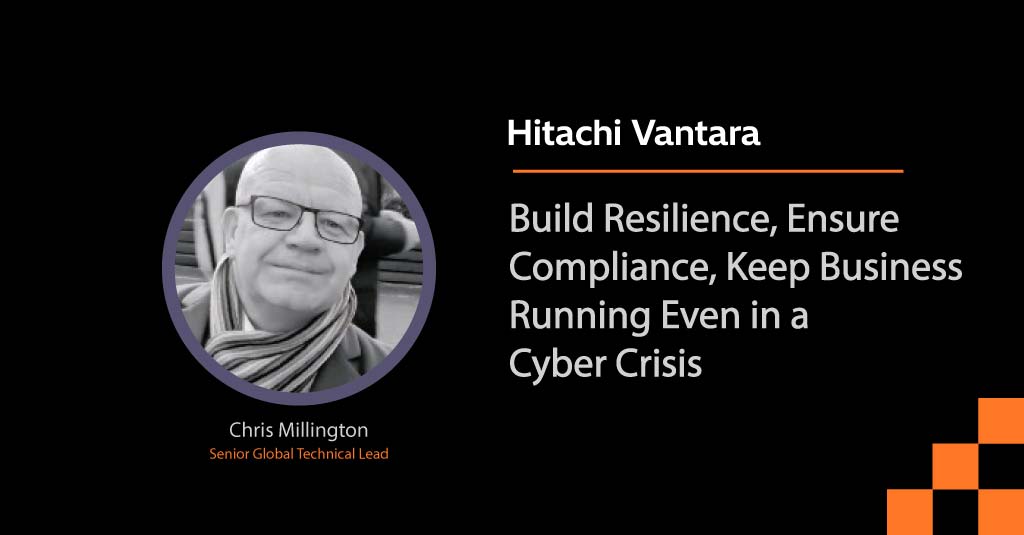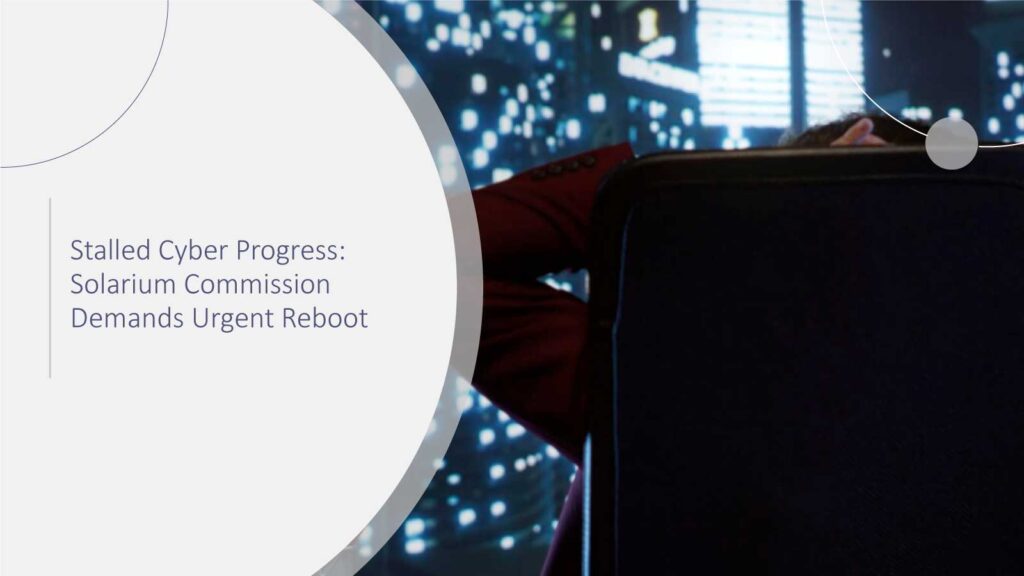The year 2026 saw the rise of cybersecurity, transitioning from mere reactive defense to methodical orchestration. With the implementation of cutting-edge AI units, on-the-fly data analysis, and ultra-connected operations, the question that ultimately determines the level of their security is whether it is more beneficial to localize security at the edge or have it centralized in the cloud.?
Both models are talking about being resistant and fast. However, in a very different way, they significantly differ. Protection through edge computing is the closest to the source – your devices, sensors, and endpoints, whereas cloud computing defense is central in strong, scalable data centers. But in fact, which one is safeguarding data the most in a hyperconnected world? We can check it out.
The Evolving Landscape: Why the Debate Matters
In 2026, more than 75% of enterprise data will be processed outside of traditional cloud environments, according to Gartner. Such a change is transforming cybersecurity priorities. Expansion of edge networks through IoT, 5G, and AI-powered devices means that security teams are at a new stage of data being everywhere, and so are threats.
Here is the twist: both edge and cloud are not opponents but rather two sides of the same coin. Still, when it comes to the speed of reaction, data sovereignty, and threat visibility, the differences can be very significant.
Cloud Security in 2026: A More Centralized Control, Smarter Defenses
The cloud continues to be the pivotal platform for business in IT. IBM’s 2025 Security Report, in fact, states that nearly 82% of enterprises have adopted either multi-cloud or hybrid-cloud strategies. Consequently, the top three cloud service providers – Amazon, Microsoft, and Google – are the first to implement zero-trust architecture, AI-driven threat detection, and automated compliance management at a large scale in their cloud offerings. 82% of enterprises have adopted hybrid or multi-cloud strategies.
What are the major factors influencing cloud security?
- Centralized control: The control of one security policy with one set of encryption standards is carried out everywhere.
- Scalability: The vast network of the world’s data centers can be updated and patched very quickly.
- AI-assisted defense: Monitoring is done all the time, and it is largely predictive as well as analytical.
On the other hand, the disadvantage of moving towards a centralized model is that, for instance, an incorrectly configured identity or an unprotected API may lead to a large number of security breaches. The main factor in cloud security is still consistency, but at the same time, it also demands very detailed governance. Misconfigured cloud settings account for 19% of breaches, as per IBM.
Sure, your cloud could be likened to a digital fortress, but one open gate (or an overlooked permission) can allow burglars to enter without any need to forcibly gain access.
Edge Security in 2026: Localized Protection, Ultra-Fast Reaction
Imagine this for a second: a connected car that detects a cyber anomaly in a few milliseconds and does it without relying on a remote cloud. That is edge computing.
The edge has become a significant security source for healthcare, manufacturing, and smart cities. According to the Accenture 2026 Cyber Edge Study, edge architectures have led to a 60% reduction in data latency and nearly doubled the rate of real-time threat detection by 45%.
Why do security specialists prefer the edge?
Quick performance: The method of sending all data to be checked by a central server is completely unnecessary now.
Decentralized robustness: Closures and attacks on a single node do not slow down the network or make it vulnerable.
Privacy protection: Highly sensitive data can be kept on-site or in small zones.
Only 42% of organizations feel their security keeps pace with AI adoption, and 28% embed security into transformations from the start.
However, with every new endpoint, there is also an access point for a potential unauthorized party. No matter what sensors, gateways, or devices are involved, they can only be secured through proper collaboration and continuous monitoring.
The 2026 Reality: Hybrid Security Still Triumphs
While 2025 may have been the year of “either/or,” 2026 seems to be the year of “both/and.” Instead of deciding between edge and cloud, businesses are now utilizing both in cyber architecture design.
Hybrid models basically use cloud centralized intelligence with edge real-time agility. For instance:
Monitor patient vitals in the hospital with edge devices while using cloud AI for anomaly detection.
The logistics company is collecting location data at the edge, while the entire fleet analytics is in the cloud.
The fusion of these two not only makes the process smoother but also hardens the layers of defense. According to Check Point Research (2026), companies employing hybrid security have 37% fewer breaches and can respond to incidents 50% faster.
Important Takeaways for 2026
Cloud cybersecurity ensures unified governance, scalability, and AI-backed analytics.
Edge security introduces ultra-quick detection, privacy control, and protection from localized attacks.
Hybrid strategies allow you to have the best of both worlds – central intelligence with distributed speed.
The main thing that separates the winners from the losers is visibility. Organizations that can monitor threats across both domains are the ones that will succeed in the cybersecurity race.
Basically, it’s not the edge versus the cloud but the edge along with the cloud. The most intelligent enterprises are seeing them as two sides of the same shield.
Conclusion
As the data speeds keep increasing and the threats are getting more complicated, 2026 is about a paradigm shift in cybersecurity. The winning single model will not be there, but rather a network of interconnected defenses will be the future, where the cloud will be the one bringing the overall view, and the edge will be the one safeguarding the frontline.
Therefore, if somebody is still indecisive about whether edge or cloud is better for cybersecurity, the solution might as well be converted into another question: Why not use both?
FAQs
1. Is edge computing more secure than cloud computing?
Not really. Edge can quickly and locally react to a threat, while the cloud can provide centralized control. The most secure way is usually a combination of both.
2. What industries are most impacted by edge cybersecurity?
The healthcare, industrial, and automotive sectors are the most reliant on edge security for their immediate response to threats and confidentiality maintenance.
3. How does hybrid security provide more protection?
With the utilization of the edge’s adaptability and the cloud’s intelligence, the system becomes capable of continuous surveillance and thus, quicker reaction times.
4. What part does AI have in cybersecurity 2026?
AI, whether on the edge or in the cloud, identifies anomalies, does patching without human help, and predicts the points of entry that will be used.
5. What is the best plan for large companies in 2026?
The smartest move is to comprise a zero-trust, hybrid architecture that coordinates policies across edge and cloud, thus giving full awareness and invincibility.
For deeper insights on agentic AI governance, identity controls, and real‑world breach data, visit Cyber Tech Insights.
To participate in upcoming interviews, please reach out to our CyberTech Media Room at sudipto@intentamplify.com.

